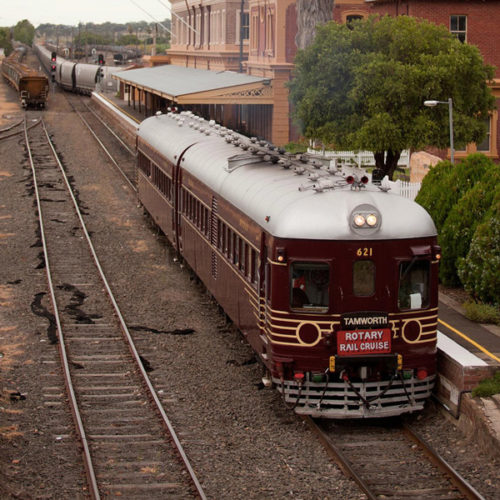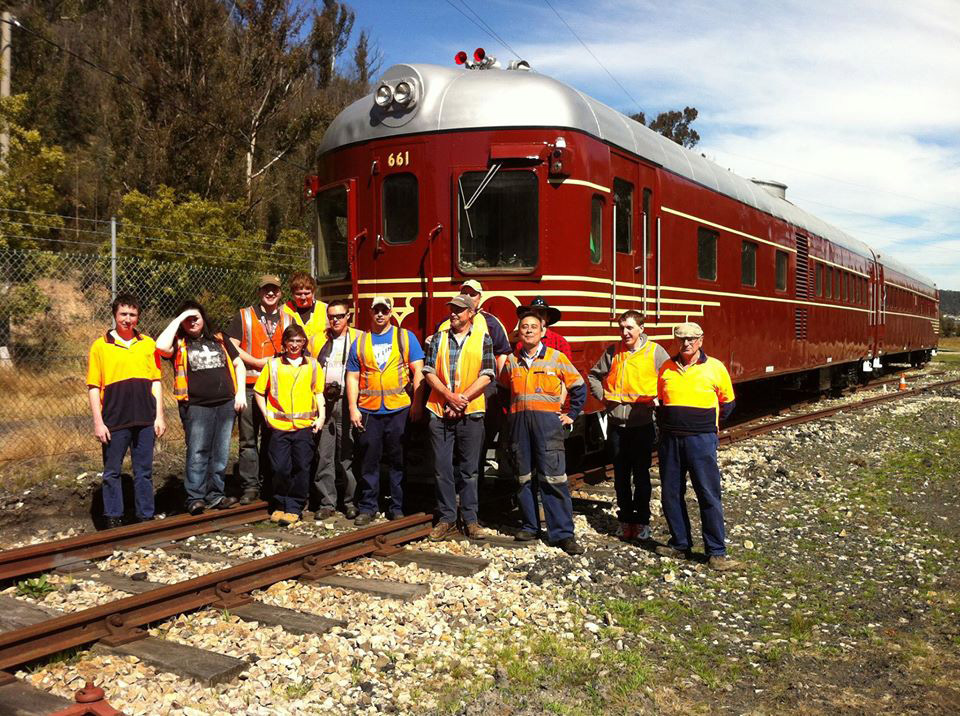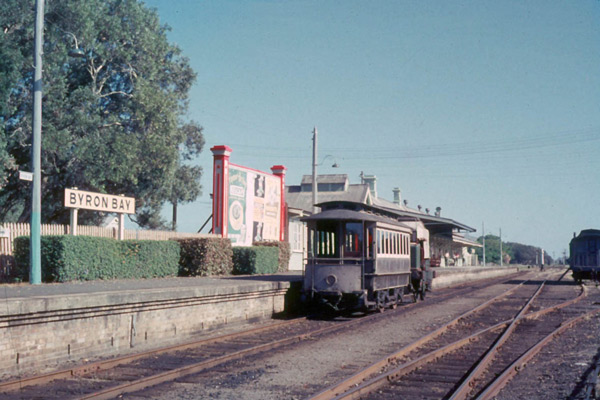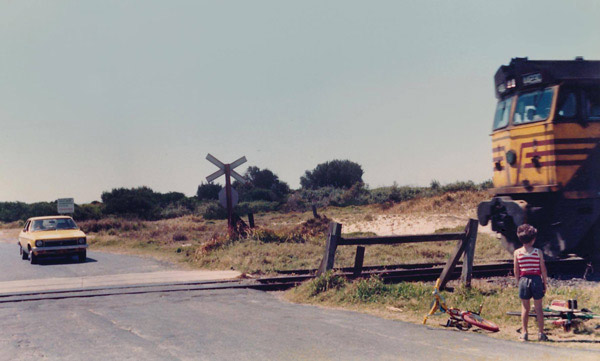600 class railmotors
Our two carriage rail set was constructed as the first of ten “600 class” sets at the Chullora Railway Workshops, Sydney in 1949. From around 1942 – 1945 the Chullora Workshops were used to build Beaufort aircraft bombers during the Second World War. Following the war and with the massive influx of European immigrants, transporting people around the state was critical. So the Workshops innovatively used aluminium aircraft technology from their war efforts to produce high performance yet lightweight trains. Featuring aluminium fuselage construction – like the body of an aircraft but designed as a train – bolted onto lightweight steel railway carriage frames. Hence we have to this day a train that is lighter in weight than “light rail”. The value of this particular train is amply demonstrated by the fact that 92 vehicles were built to this basic design from 1949 – 1968.
The very last two car set constructed was 638/738 in 1968 which was specifically built with a more powerful Cummins diesel engine for hauling a parcels trailer on the steeply graded Casino to Murwillumbah line. These railcars have a long history in this area.

















